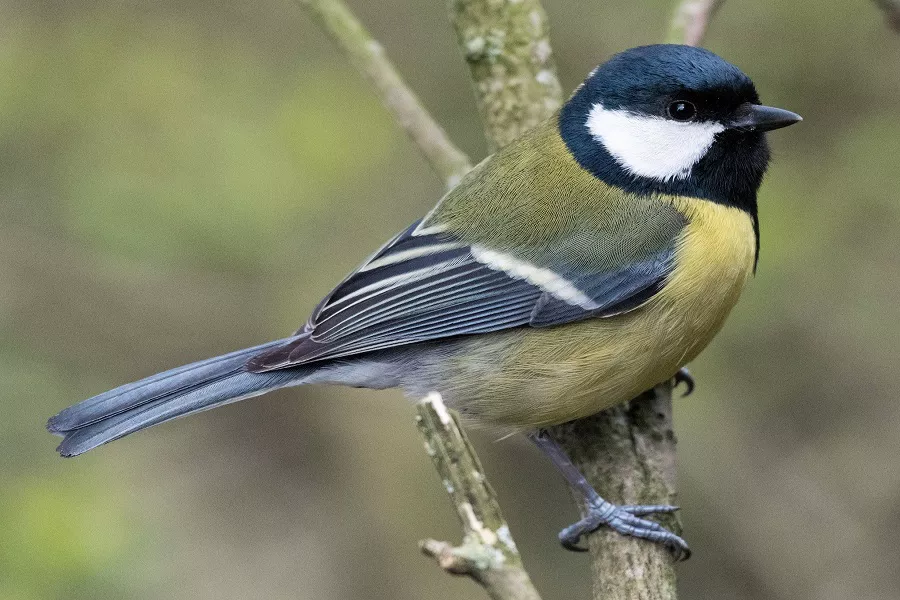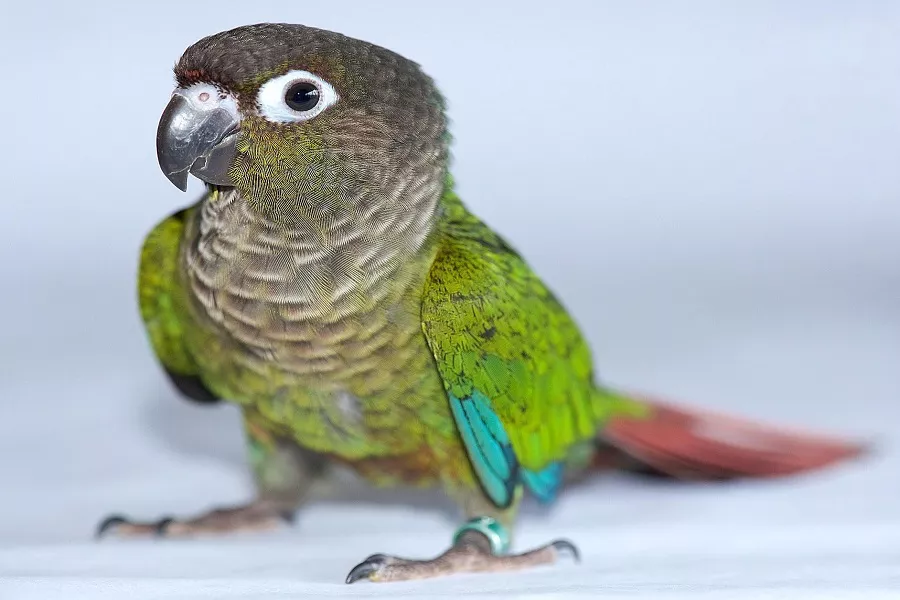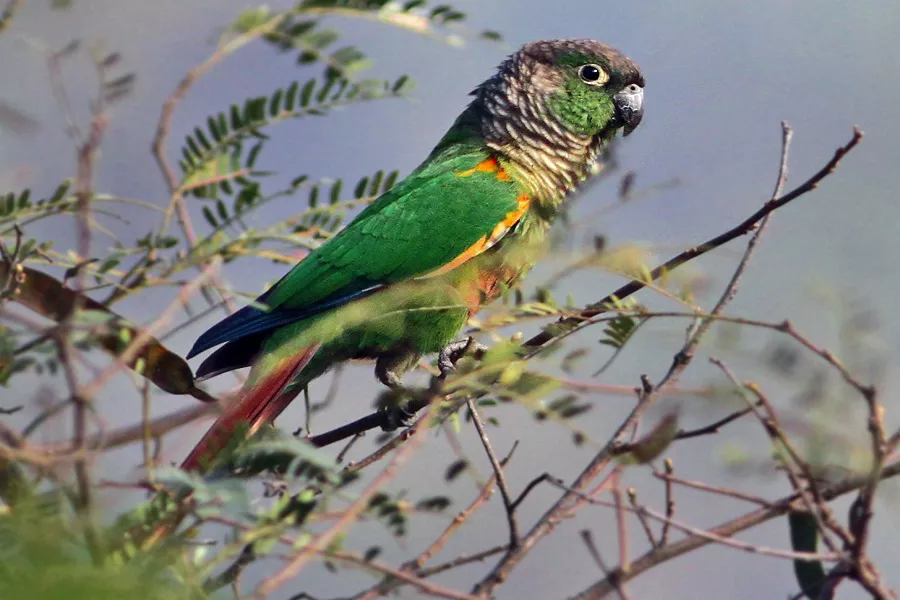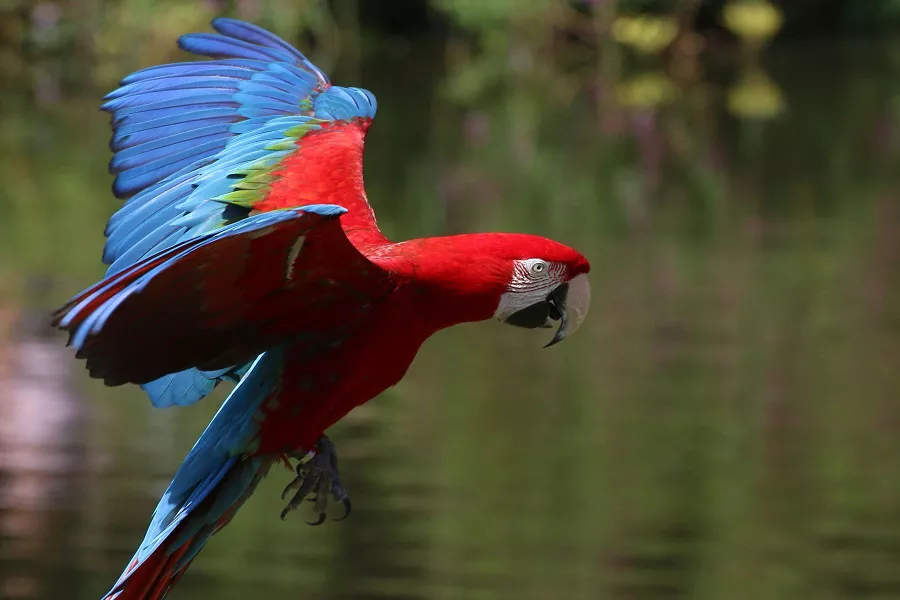What is a great tit?
Great tit (scientific name: Parus major): Small to medium birds, 13-15 cm in length. The entire head is black, with a large white spot on each side of the head, and the beak is tapered to facilitate predation. The upper body is blue-gray and the back is green. The underparts are white, and there is a broad central longitudinal stripe on the chest and abdomen that connects with the chin and throat in black.
What does a great tit look like?
Great tit males have bluish-black on forehead, eyes, top of head, pillow and upper part of nape. The entire cheeks, ear feathers and side of neck below the eyes are white with a nearly triangular white spot. The black on the upper part of the back of the neck extends along the leukoplakia to the left and right sides of the neck, forming a black band that connects with the black on the chin, throat and chest. The upper back and both shoulders are yellow-green, with a narrow white horizontal band between the upper back and the black on the back of the neck; the lower back to the upper tail coverts are blue-grey, the central pair of tail feathers are also blue-grey, and the feathers are black. The rest of the tail feathers are black-brown inside and blue-gray outside. The outermost pair of tail feathers are white. Only the inner tail has a broad black-brown edge, and the second pair of outer tail feathers have white wedge-shaped spots at the ends. The coverts on the wings are dark brown, the outer coverts have a blue-gray edge, and the large coverts have a broad gray-white tip, forming a prominent gray-white wing band. The flight feathers are black-brown, with blue-gray feather edges. Except for the outermost two of the primary flight feathers, the rest of the outer feathers have gray-white feather edges; ; tertiary flight feathers with a wider gray-white outer feather edge. Chin, throat and front chest are brilliant blue-black, the rest of the underparts are white, with a broad black longitudinal band in the middle, the front end is connected with the front chest black, and extends backward to the undertail coverts, and sometimes expands into a triangle under the tail coverts; axillary Feather white.
great tit living habits
Sex is more lively and bold, not afraid of people. Quick and agile, often jumping between branches, or flying from one tree to another, screaming as it flies, flying in a slightly wavy shape, the crest of the wave is not high, the flight is usually slow, and the flight distance is short, but when frightened The rear flight is also very fast. In addition to the paired activities during the breeding period, the autumn and winter seasons mostly form small groups of 3-5 or more than 10 animals, and sometimes it is also seen that they are active alone. In addition to frequently jumping between branches to feed, they can also hang under branches and leaves to feed, and occasionally fly into the air and down to the ground to catch insects. During the breeding season, the song is sharp and changeable, and it is a continuous two-syllable or polysyllabic sound, especially in the early breeding period in spring, the song is more rapid and changeable.
great tit rearing
Great tits are omnivorous birds, and their daily feed is cooked egg yolk and millet, and powder feed can also be used. Powder preparation: mixed with soybean flour, corn flour and egg yolk. When feeding, a small amount of water can be added to mix thoroughly. At the same time feed a small amount of mealworms.


























